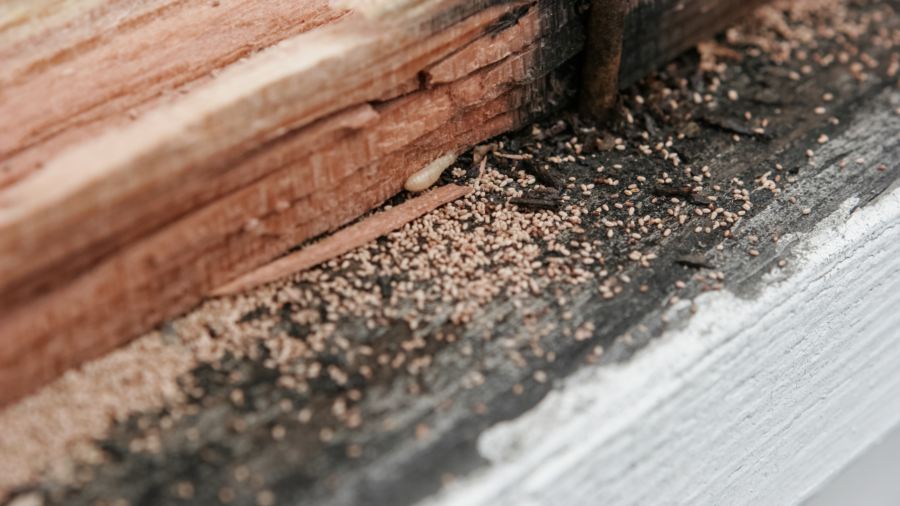Termite Infestations: What Termite Inspectors Look For
Dec 20, 2024 | Termite Control
Termites are among the most destructive pests that can invade your home, often causing extensive damage before being noticed. Regular termite inspections by professionals are crucial to protect your property. If you’re searching for “termite inspectors near me,” this guide will help you understand what to expect during an inspection and how to keep termites at bay.
What To Know About Termite Inspectors
Do Termite Inspectors Come Inside?
Yes, termite inspectors often examine the interior and exterior of your home. While termites can cause visible damage outside, their most devastating effects occur within walls, ceilings, and other structural elements, making it necessary to inspect inside. Inspectors will check basements, crawl spaces, and attics, as these areas are prone to termite activity.
How Is a Termite Inspection Done?
- Exterior Examination: Inspectors will start by walking around the outside of your home to identify potential entry points. They’ll look for mud tubes, damaged wood, and other signs of termites near the foundation, siding, or wood piles.
- Interior Check: Inside your home, inspectors will look for hollow-sounding wood, blistered paint, or other indications of hidden termite activity. They’ll inspect baseboards, door frames, and wood furniture for subtle clues.
- Moisture Levels: Termites thrive in moist environments. Inspectors often use moisture meters to detect high levels of humidity in walls and crawl spaces.
- Termite Identification: If termite activity is found, inspectors will identify the type of termite—such as subterranean or drywood termites—since different species require specific treatments.
- Damage Assessment: Termite damage is often difficult to spot early. Inspectors evaluate the extent of damage to determine if repairs are needed alongside treatment.
Signs of Termites Inspectors Look For
- Mud Tubes: These pencil-sized tubes are used by subterranean termites to travel between their nest and food sources.
- Discarded Wings: A sign of swarming termites, often found near windowsills or doors.
- Frass: Termite droppings that resemble wood shavings or sawdust.
- Hollow-Sounding Wood: Tap wood surfaces to detect hollowness, a common indicator of termite infestations.
- Structural Damage: Cracks in walls, sagging floors, and damaged wood may point to termite problems.
Termite Treatments and Control
If termites are detected, your pest control company may recommend the following treatments:
- Bait Systems: These attract termites and deliver a slow-acting poison that eliminates the colony.
- Liquid Treatments: A chemical barrier is applied to the soil around your home to prevent termites from entering.
- Fumigation: For severe infestations, this method eliminates all termites in the structure.
Prevention Tips to Keep Termites Away
- Reduce Moisture: Fix leaks and ensure proper drainage to reduce the humidity termites need to survive.
- Remove Wood Debris: Keep firewood, mulch, and wooden debris away from your home’s foundation.
- Seal Entry Points: Inspect your home for cracks in the foundation or gaps in siding and seal them promptly.
- Schedule Regular Inspections: Professional termite inspections help catch termite activity before it becomes a full-blown infestation.
Inspection Cost
The cost of a termite inspection varies based on factors such as your home’s size and location. Many pest control companies offer free inspections or bundle the cost with treatment plans. Be sure to inquire about pricing when scheduling.
Protect Your Home with Professional Termite Control
Termite infestations can be devastating, but routine inspections by qualified termite inspectors ensure your property stays safe. If you’re worried about “termite infestation” or “termite damage,” don’t wait until the problem worsens. Contact a reliable pest control company to inspect your home and provide effective solutions.
For trusted termite control services in Georgia, request an inspection today!
